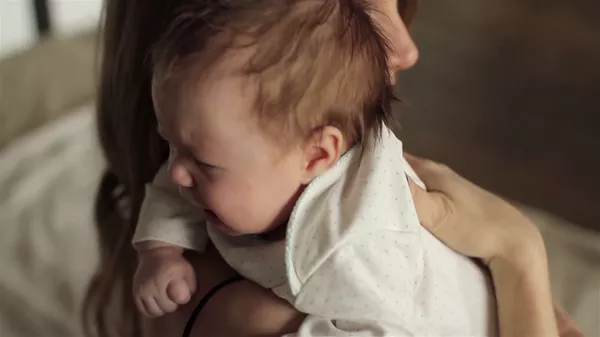Welcoming a new addition to the family is an exciting and rewarding experience, but it comes with its share of responsibilities. One of the most crucial tasks in caring for a newborn is ensuring their comfort and hygiene, and this begins with diaper changes. But how many times a day should you change a newborn’s diaper to ensure their well-being? In this article, we will explore the recommended diaper change frequency, provide a diaper changing schedule, offer valuable baby diapering tips, discuss diaper rash prevention, and highlight essential aspects of newborn care.
I. Recommended Newborn Diaper Change Frequency
To keep your baby clean and comfortable, it’s important to change their diapers at the right intervals. Here’s a breakdown of how many times a day you should change a newborn’s diaper:
1.1. Newborns: On average, newborns typically need their diapers changed 10 to 12 times a day. This high frequency is due to their frequent feedings and urination. In the first few weeks, it’s crucial to be attentive to your baby’s cues and change their diaper whenever it feels wet or soiled.
1.2. Older Infants: As your baby grows, the frequency of diaper changes may decrease. Around 1 to 6 months of age, you can expect to change diapers 6 to 8 times a day.
1.3. Nighttime Diapering: Nighttime diaper changes should be less frequent but still necessary. For newborns, consider changing diapers every 3-4 hours at night to ensure a restful sleep without compromising their comfort.
II. Diaper Changing Schedule
Establishing a routine for diaper changes can help both you and your baby adapt to the new responsibilities. Here’s a suggested diaper changing schedule:
2.1. Upon Waking: Start the day with a fresh diaper. This will ensure your baby is comfortable and ready to start the day.
2.2. Before and After Feedings: Diaper changes before and after each feeding are essential. This helps prevent discomfort during feedings and minimizes the chances of diaper rash.
2.3. Naptime and Bedtime: Change the diaper right before putting your baby down for a nap or bedtime to ensure a peaceful rest.
2.4. Throughout the Day: In between, change diapers every 2-3 hours. Pay attention to your baby’s cues, such as fussiness or restlessness, which can signal a wet diaper.
III. Baby Diapering Tips
3.1. Use High-Quality Diapers: Invest in high-quality, absorbent diapers to keep your baby dry and comfortable. Look for brands with a good reputation for leak protection.
3.2. Keep Supplies Handy: Create a diaper changing station with all the necessary supplies, including diapers, wipes, a changing pad, and spare clothing. This will streamline the process and keep everything within arm’s reach.
3.3. Gentle Cleaning: When changing your baby’s diaper, be gentle during the cleaning process. Use fragrance-free baby wipes or a soft washcloth with warm water to prevent irritation.
3.4. Diaper Rash Prevention: Diaper rash is a common concern for parents. To prevent it, change diapers promptly, allow your baby’s skin to air out, and apply a diaper cream with zinc oxide if needed.
IV. Diaper Rash Prevention
Diaper rash can be uncomfortable for your baby, and prevention is the key. Here are some strategies to avoid diaper rash:
4.1. Frequent Changes: Ensure your baby has a clean diaper promptly after wetting or soiling themselves to reduce contact with moisture.
4.2. Keep the Area Dry: Allow your baby’s skin to air out during diaper changes. Pat the diaper area gently with a soft cloth to ensure it’s dry before applying a new diaper.
4.3. Diaper Cream: Apply a diaper cream with zinc oxide to create a protective barrier on your baby’s skin. This helps prevent diaper rash by keeping moisture away from the skin.
V. Essential Aspects of Newborn Care
5.1. Baby Hygiene: Besides diaper changes, it’s essential to maintain good overall hygiene for your newborn. Bathe your baby as needed, trim their nails carefully, and clean the umbilical cord stump until it falls off.
5.2. Consult Your Pediatrician: If you’re ever in doubt about your baby’s diapering routine or if they develop persistent diaper rash, consult your pediatrician for guidance and support.
Conclusion
In conclusion, the frequency of diaper changes for a newborn is crucial for their comfort and well-being. By following the recommended diaper change frequency and implementing a diaper changing schedule, you can ensure your baby remains clean, dry, and happy. Remember to follow baby diapering tips to make the process easier and prevent diaper rash. Your dedication to newborn care will ensure a healthy and happy start in life for your little one.


